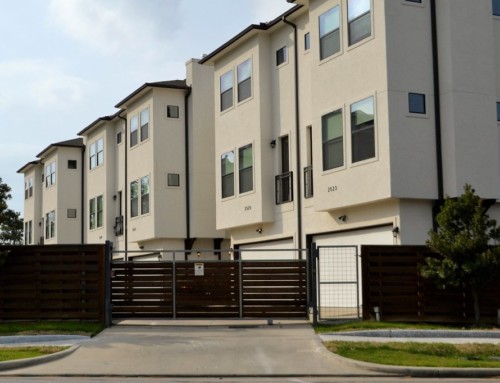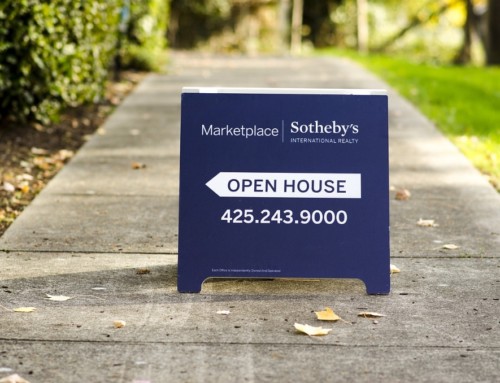
Image credit yourinsurancequestion.com
ZIMSEC O Level Commerce Notes: Insurance: Proximate cause and the Average clause: Under and over insuring
- This prevents the insured from making a profit by:
1) Under-insuring a risk or paying less premiums.
- When a loss is incurred under such circumstances the insurer will not indemnify the insured.
- The insured will just pay the proportion of the amount for which the property was insured and the insured will incur the remaining loss.
- For example the insured has a house worth $200 000 but takes out an insurance policy for the value of $100 000 against risk of loss resulting from a fire.
- If the house later suffers from fire damage with the estimated cost of property destroyed by the fire being $50 000.
- The amount payable by the insurer will be:
- false value/actual value x loss or damage
- 100 000/200 000 x50 000
- $25 000
- The insured will have to finance the other portion.
2) Over insuring-
- One cannot claim more than the actual loss suffered.
- One is restored to former position in accordance with the indemnity principle.
- One must not be able to make a profit out of insurance save for insurance companies.
- For example if a person has a house worth $90 000 and takes out an insurance policy for $150 000 the person will only receive $90 000 (the full value of the house) and not $150 000.
3) Proximate clause
- Payment is only paid out if the cause is immediate.
- Or if the loss occurred as a result of the insured risk.
- For example if a household appliance fore example Television is insured against damage by fire, the owner will not receive any compensation from the insurance company if it is stolen.
To access more topics go to the Commerce Notes page.







